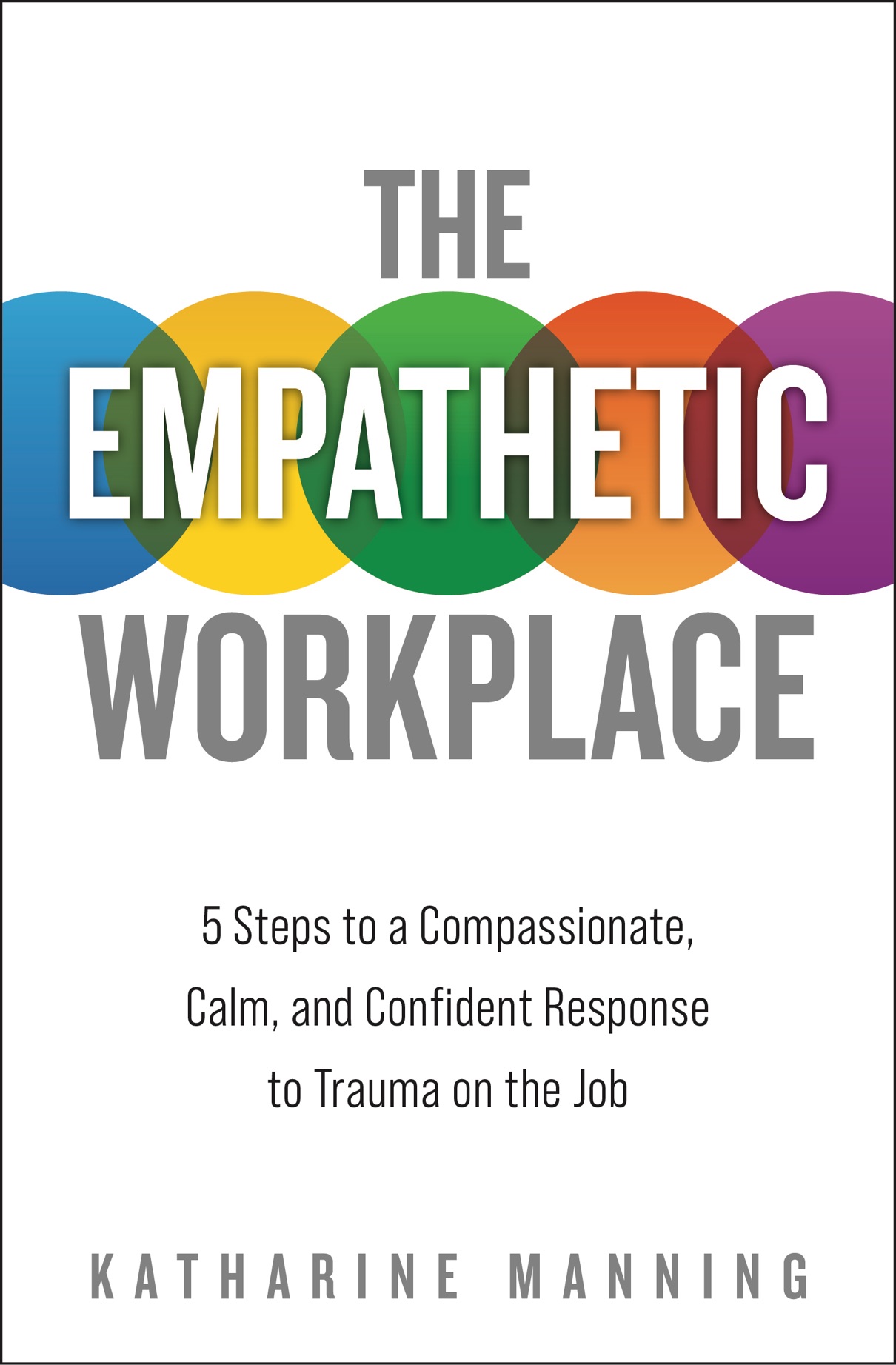Benton sat at the head of the table, with twenty sets of eyes fixed on him. Arrayed around him were the mayor, police chief, school superintendent, and other city leaders, each with a deputy, who sometimes had a deputy.
The city, like too many others before and after, had experienced a school shooting. Now, headlines blared, news crews jostled for position, and the formerly quiet streets were flooded with donated flowers, toys, and cards. The nation grieved with them. But the city’s leaders were struggling.
Devastated by what had happened and overwhelmed by the outpouring, they had grown wary of offers of help and had developed a siege mentality. Meanwhile, the school remained closed, there was no plan for community counseling, and flowers wilted in the streets.
Experienced in city crises, Benton had been asked to help break the impasse so that outside services could be brought in. Benton knew that logic, action plans, or statistics would not help.
Instead, he asked questions.
He asked about what had happened, and what had happened next, and what had happened after that. He asked about their roles, their thoughts, and their regrets.
As he asked, the tears began to flow. These civic leaders, in their gray suits with their padfolios, sat around that giant oak table and they wept. Benton, who had sat with mothers who had lost sons to gang violence, with those who had been beaten and sexually assaulted, had never seen so many tears in one room.
What those tears broke through was not an administrative logjam. It was the anguish at losing those lives. It was the frustration at their own powerlessness. It was the devastating knowledge that this had happened on their watch. And because it broke through those, the administrative challenges were surmountable.
When the tears subsided, the mayor looked at Benton. “Clearly,” he said, “we should have brought you in a long time ago.”
This has been a year like none before, as we face a pandemic, institutional racism, economic turmoil, and political upheaval—simultaneously. Workers are experiencing skyrocketing rates of stress, anxiety, and depression. Trauma is not a jacket we can shed at the office door. We carry it with us. It affects our relationships, our physical and mental health, and it affects us at work. It can diminish our productivity, creativity, and our overall ability to function.
These challenges, though, are also opportunities. When we support others through difficult times, we build trust which in turn increases productivity, reduces absenteeism and turnover, and enhances engagement and satisfaction. An empathetic response to trauma is one of the most powerful ways to build psychological safety, which is essential to healthy and productive teams.
It’s not always easy to respond well to someone who is struggling. We feel uncomfortable. We feel we should have something more or different to give. We want to fix the problem. It’s messy and we don’t want to get involved. Of course, by pushing these issues away, we only exacerbate them. They simmer below the surface, and eventually boil over.
Responding well to a traumatic situation at work does not have to be hard, though. A supportive workplace response to trauma requires just five steps:
- Listen. When we listen to someone in trauma, we aid their healing. Active listening involves asking open-ended questions, maintaining eye contact and a relaxed posture, and avoiding interruptions or distractions.
- Acknowledge. Someone who shares something difficult needs to feel heard. Take a moment to acknowledge what they have shared. This can be as simple as “thank you for sharing that,” “I am so sorry,” or “that sounds really hard.”
- Share information. One of the hardest parts of a traumatic experience is the loss of control. We can give some control back by being transparent and straightforward about the facts and process going forward.
- Empower with resources. Provide the person with the tools to move forward—where to find office security, for instance, or how to access the Employee Assistance Program. On my website, you can download a list of community resources that everyone who works with people should know.
- Return. The final step is to end well and invite the person to return later, when he cannot remember all that you said, thinks of questions, or wishes for updates. “Return” is also a return to ourselves. Hearing these stories can be difficult; we need to protect ourselves from compassion fatigue by processing difficult conversations and maintaining our physical and mental health.
How leaders respond to the traumas that inevitably show up in their workplaces can determine an organization’s success or failure. Just as importantly, compassion makes it more likely that those in need will get help. As we look to creating a new post-pandemic future, let us take the lessons of this time to refocus on supporting each other through challenges.

Adapted from The Empathetic Workplace: 5 Steps to a Compassionate, Calm, and Confident Response to Trauma on the Job, copyright © 2021 by Katharine Manning. Used by permission of HarperCollins Leadership. All rights reserved.


